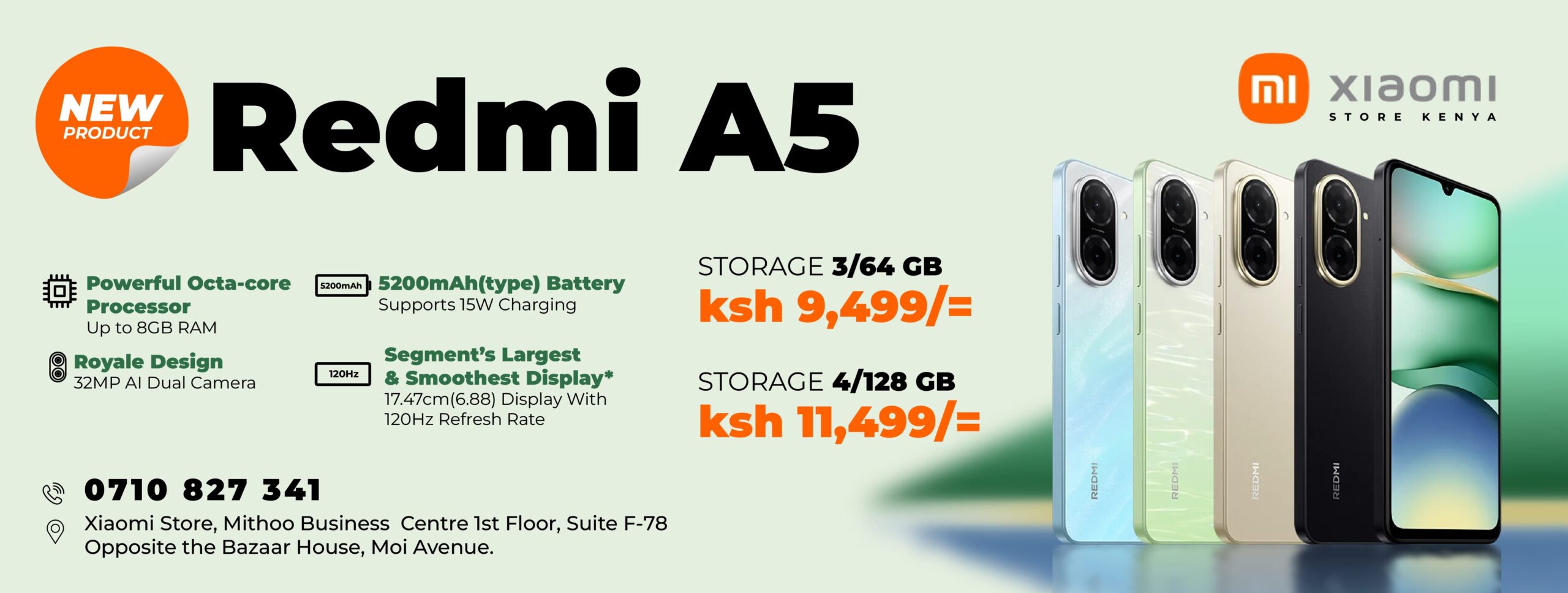
In our previous article, we explored how Netflix’s reluctance to integrate M-Pesa as a direct payment option has significantly hindered its growth in Kenya. Despite being available in the country for several years, Netflix has not achieved the level of market penetration that could have been expected. This follow-up further examines Netflix’s ongoing challenges and contrasts them with the rapid expansion of Starlink, which has successfully embraced M-Pesa and other local strategies to dominate the Kenyan market.
Starlink’s Aggressive Expansion
Since its entry into the Kenyan market, Starlink has made a clear commitment to understanding and adapting to local consumer behavior. Recognizing M-Pesa’s dominance as the preferred payment method, Starlink quickly integrated it into their payment options, allowing consumers to subscribe with ease. This move has resonated well with Kenyan customers, who value the convenience and familiarity of M-Pesa.

Starlink didn’t stop there. By making its internet kits widely available, even in supermarkets, and introducing flexible payment plans, including a rental option, Starlink has positioned itself as an accessible and attractive option for a broad audience.
This approach has not only led to significant uptake but also prompted concern among local telcos, including Safaricom, which views Starlink’s expansion as a direct threat. Safaricom’s recent efforts to challenge Starlink’s operations through the Communications Authority of Kenya highlight the impact Starlink has already made in the market.
Netflix’s Continued Hesitation:
In contrast to Starlink’s proactive approach, Netflix has hesitated to integrate M-Pesa as a direct payment option. Despite offering competitive pricing and even launching a free plan tailored specifically for the Kenyan market, Netflix’s failure to simplify the payment process remains a significant barrier. While there are workarounds – such as linking PayPal to M-Pesa or using the Global Pay Visa Card via Safaricom M-Pesa – these methods involve extra steps that many consumers find cumbersome, ultimately deterring potential subscribers.
In certain markets, Netflix offers gift cards that allow people to buy subscriptions and gift them to others. These gift cards can be purchased both online and offline at retail stores, offering a convenient way for users to access Netflix without needing a credit or debit card. If Netflix were serious about capturing the Kenyan market, it could choose to introduce similar gift cards across various online and offline outlets in Kenya.
These gift cards could be paid for with M-Pesa and other local payment solutions, offering a viable alternative for users if Netflix is unwilling to integrate M-Pesa directly into their app or website. This strategy could provide the flexibility that Kenyan consumers need, while still maintaining Netflix’s current payment infrastructure.
What’s at Stake: The Cost of Inaction
Netflix’s slow uptake in Kenya is most definitely a direct result of its failure to fully embrace M-Pesa. This missed opportunity is particularly striking when compared to the success of Starlink, which has demonstrated the importance of adapting to local payment preferences.
The situation is further complicated by the recent introduction of M-Pesa standing orders, which will allow for recurring payments and transfers. This new development will likely make it even easier for consumers to manage their subscriptions to services that have integrated M-Pesa. For companies like Netflix that have yet to offer this option, there can be no excuse to integration for recurring payments.
Moving Forward: What Netflix Needs to Do
To truly tap into the Kenyan market and compete effectively with both local and international services, Netflix must prioritize the integration of M-Pesa as a direct payment option. This move would eliminate the current barriers to entry and make the subscription process more straightforward for Kenyan consumers. Additionally, leveraging M-Pesa’s new standing order feature could simplify the renewal process, ensuring that subscribers stay on board without the hassle of manual payments each month.
Discover more from Techish Kenya
Subscribe to get the latest posts sent to your email.


